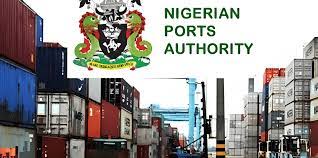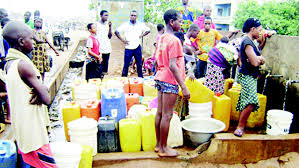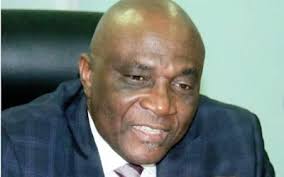
UPDATED: NPA increases tariffs by 15% after 32 years
For the first time in thirty-two years, the Nigerian Ports Authority (NPA) has announced a 15% rate rise.
During the stakeholder engagement for the approved 15% NPA tariff increase across the board on Thursday in Lagos, NPA managing director Abubakar Dantsoho revealed this.
Dantsoho, who was accompanied by Olalekan Badmus, Executive Director of Marine and Operations, said the agency has kept tariffs constant for more than thirty years in spite of major economic shifts, such as inflation, rising wages, fuel and lubricant prices, and changes in the exchange rate.
According to Dantsoho, the NPA has obtained the required permissions for an upward review of its rates, which were last reviewed in 1993, because of the urgency of bringing Nigerian ports up to par with those of its rivals in terms of infrastructure and equipment.
The unfavourable reality of ageing and deteriorating infrastructure, outdated machinery, and sluggish port capacity expansion, which has continued to lower the performance and competitiveness of Nigerian ports, is the basis for the 15% increase that will be applied to all NPA rates and dues.
Port authorities around the world rely on operating revenue to fund its duties, which include building and maintaining port infrastructure, dredging waterways, and offering assistance for safe navigation, provision of modern marine crafts for efficient harbour services, automation and digitization of port transactions, port security, energy efficiency and training and retraining of its employees.
The global index of Port rating and competitiveness which the international trade community relies on for its choice of countries to do business with, derives its data from how well the aforementioned responsibilities are addressed.
Coming at this period of global economic upheaval and scramble for markets, this belated Tariff review borne out of necessity constitutes a critical success factor in Nigeria’s quest to win back cargo handling business and it’s accompanying benefits including job opportunities it had lost to it’s maritime neighbors.
Contrary to the popular but erroneous notion that attributes high Port costs to NPA relative to its peers, verifiable data shows NPA Tariffs are amongst the lowest in the region.
The high incidence of unreceipted costs due to unduly high human interface, bureaucratic bottlenecks, functional overlaps resulting from absence of a Port Community System (PCS) and its corollary the National Single Window (NSW) are responsible for this contrived falsehood.
Although long overdue, a quick win benefits of the NPA Tariff review for stakeholders, is the immediate boost it gives to the Authority to fast track the commencement of actual works on its concluded Port reconstruction and modernization plans.
Second, the Tariff review offers the assurances required to finance the purchase and immediate installation of the PCS's Information Communications Technology (ICT) backbone, which is a prerequisite to the NSW's implementation.
Additionally, the review's increased revenue generation supports the Authority's ability to carry out essential maintenance projects that will allow the Eastern Ports to handle more vessel and cargo traffic, like rebuilding the collapsed Escravos Breakwaters and addressing issues with the Rivers, Onne, and Calabar Ports, respectively.
Stakeholder Joshua Asanga, who spoke at the meeting, supported the hike and added that the current NPA tariff value has since been depressed by inflation, which is at roughly 35%.
For more than 30 years, Asanga reported that port administration obligations, including as salaries, fuel, and other expenses, had increased without a corresponding increase in NPA charges.
In order to attain efficiency, he continued, NPA requires funding for upgraded port infrastructure, a strong ICT for the Port Community System, the acquisition of tugboats, and other operational platforms.
Demian Ukagu, another participant, discussed the necessity of allocating further NPA funds to the construction of other vital port facilities throughout the nation as well as to outer port jetties and facilities like the Kirikiri Lighter Terminal.
He went on to say that in order to provide a minimum return on investment and encourage sustainable trade, NPA rates should be sufficient to pay these expenses.
The committee concluded that the current rates were established without accounting for the overhead, labour, capital, and consumable costs required to operate the ports.
They voiced concern that the current NPA management's decision to keep the ports operating at the outdated tariff will have negative effects, including subpar service, inadequate infrastructure, low pay, and outmoded port facilities, equipment, and vital infrastructure.





